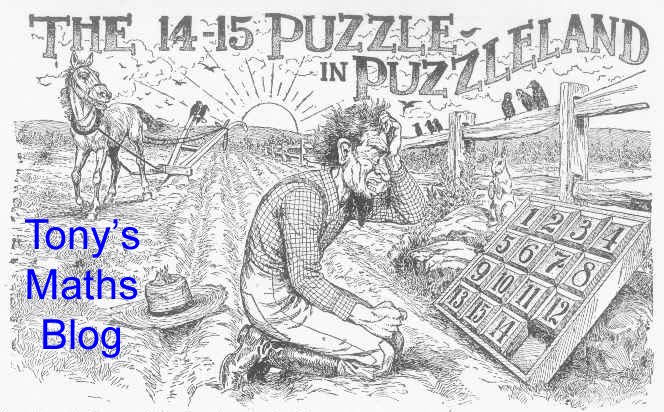************
One of the most unexpected maths book titles of the year has to be Michael Suk-Young Chwe's Jane Austen, Game Theorist (published by Princeton). For those of us who think of Jane only as an author of novels in which young men rip their shirts off and jump into pools, the idea that her fiction a systematic exploration of game theory comes as a bit of a surprise.
I haven't yet read more than a few pages of Chwe's book, which looks fascinating. He is (I am sure) not arguing that Austen based her novels on pay-off matrices and Nash equilibria, but rather that she shows an intuitive understanding of the strategies that game theory proposes.
From one point of view this isn't really surprising. Austen is (despite my crass characterisation of her fiction above) an astute observer of people. Game theory describes ways in which people can play situations to their advantage, and one would expect an observant novelist to show this kind of understanding. You don't need to write down numbers to use game theory effectively!
One of the problems with finding applications of mathematics in the real world is that maths is so effective. The maths of differential equations can predict accurately where a thrown stick will land, but that does not mean that a dog which catches a stick is using maths in any meaningful sense.
Suppose that (as some suggest) the most pleasing ratio of length to height of a rectangle is the golden ratio. Then an artist with a feel for beautiful design will naturally draw rectangles in this proportion, regardless of whether or not they are aware of the mathematics of the golden ratio. So the appearance of golden rectangles in great art, while it might confirm the aesthetic judgment, does not demonstrate any intentional use of the mathematics in the painting. Similarly, the discovery that some scenes in great novels can be expressed in game-theoretical terms is amusing and instructive, but doesn't necessarily indicate that the author had anticipated twentieth-century mathematics.
This is not intended in any way as a criticism of Chwe's book, which seems particularly interesting because his introduction argues that Austen's exploration of strategy is deliberate, systematic and methodical. I'm looking forward to finding out whether I am convinced!
I haven't yet read more than a few pages of Chwe's book, which looks fascinating. He is (I am sure) not arguing that Austen based her novels on pay-off matrices and Nash equilibria, but rather that she shows an intuitive understanding of the strategies that game theory proposes.
From one point of view this isn't really surprising. Austen is (despite my crass characterisation of her fiction above) an astute observer of people. Game theory describes ways in which people can play situations to their advantage, and one would expect an observant novelist to show this kind of understanding. You don't need to write down numbers to use game theory effectively!
One of the problems with finding applications of mathematics in the real world is that maths is so effective. The maths of differential equations can predict accurately where a thrown stick will land, but that does not mean that a dog which catches a stick is using maths in any meaningful sense.
Suppose that (as some suggest) the most pleasing ratio of length to height of a rectangle is the golden ratio. Then an artist with a feel for beautiful design will naturally draw rectangles in this proportion, regardless of whether or not they are aware of the mathematics of the golden ratio. So the appearance of golden rectangles in great art, while it might confirm the aesthetic judgment, does not demonstrate any intentional use of the mathematics in the painting. Similarly, the discovery that some scenes in great novels can be expressed in game-theoretical terms is amusing and instructive, but doesn't necessarily indicate that the author had anticipated twentieth-century mathematics.
This is not intended in any way as a criticism of Chwe's book, which seems particularly interesting because his introduction argues that Austen's exploration of strategy is deliberate, systematic and methodical. I'm looking forward to finding out whether I am convinced!
